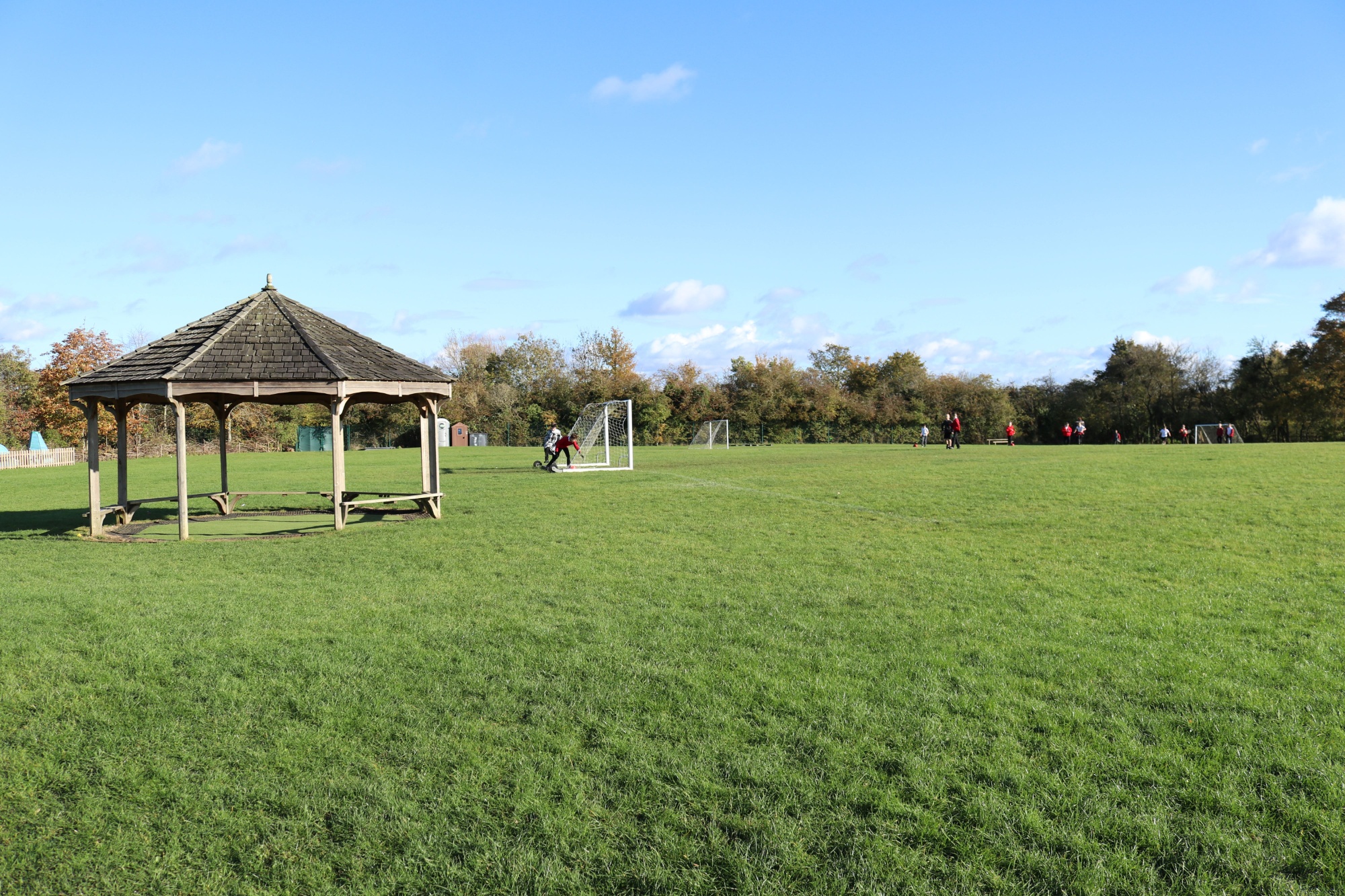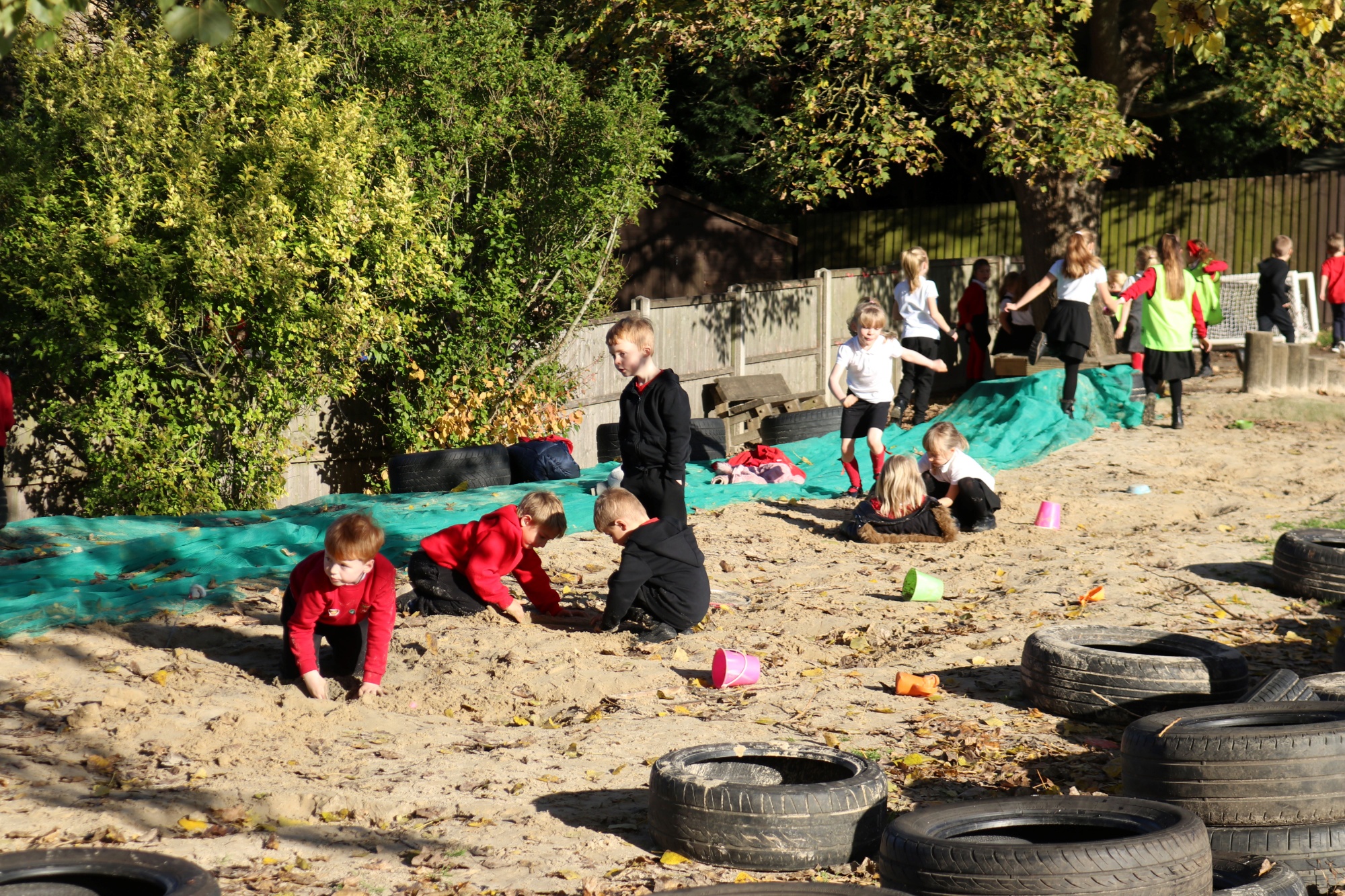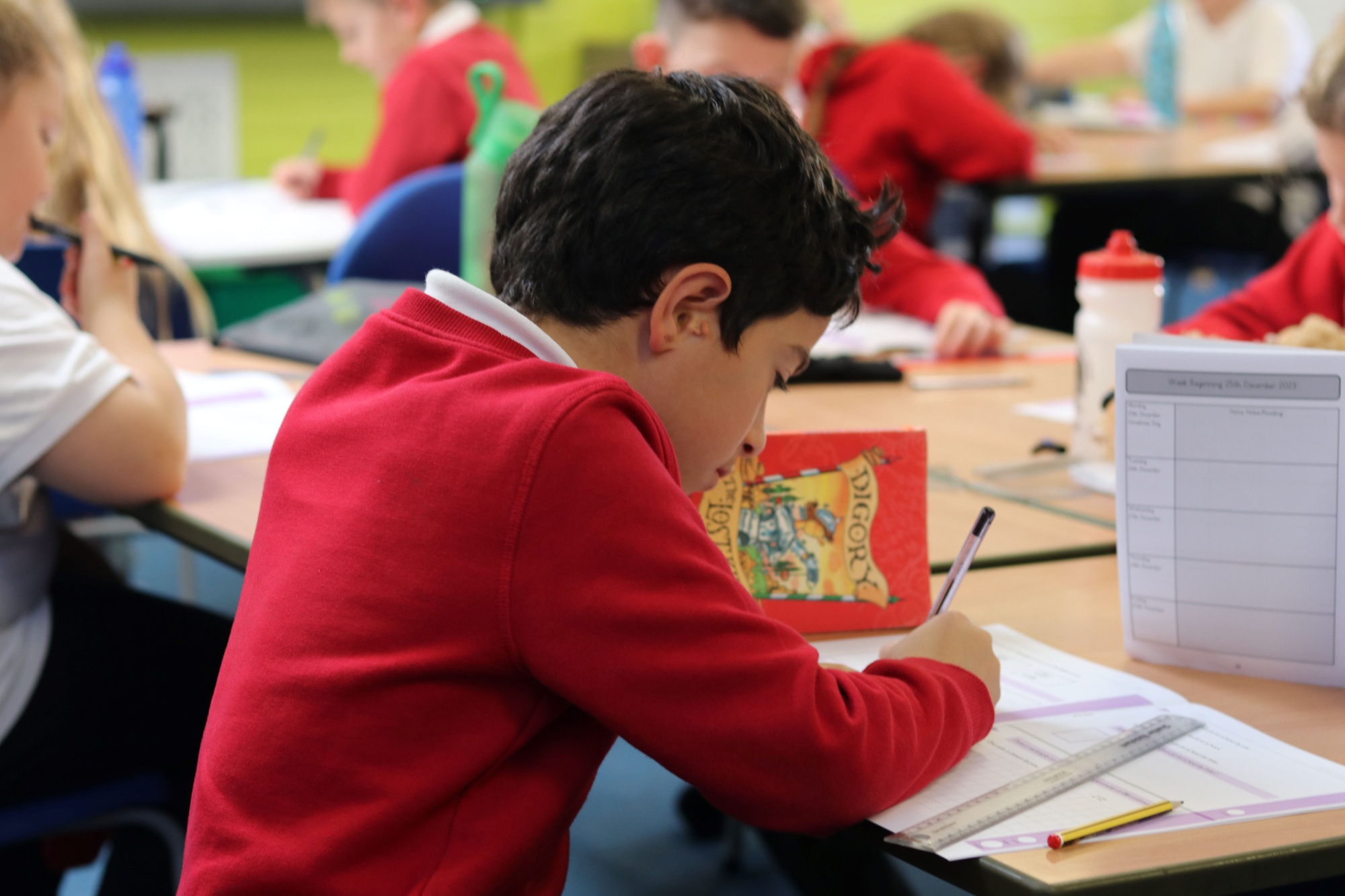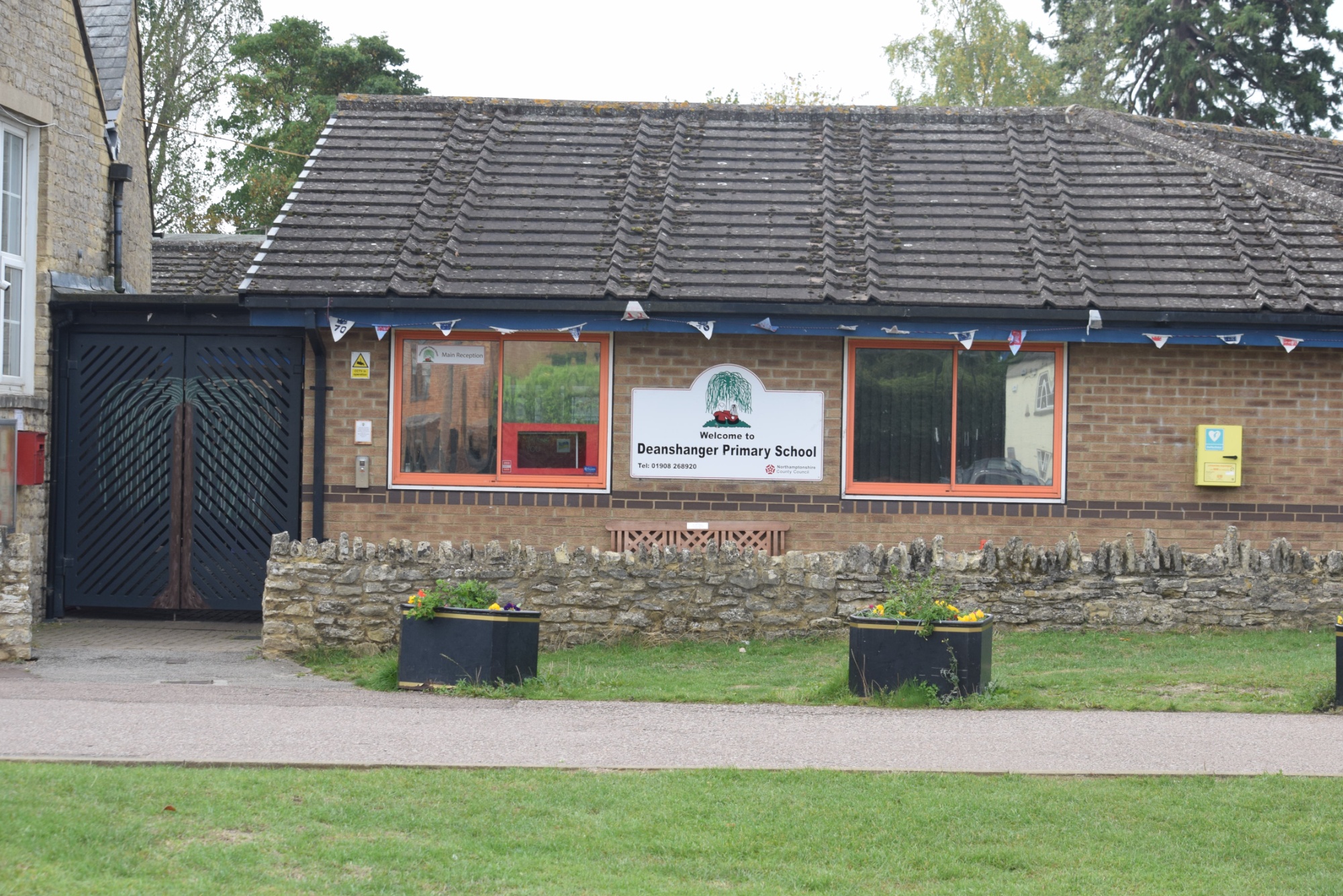Behaviour
In line with the Grand Union Partnership Policy, the Behaviour Chart below shows our graduated response to behaviour support across the school. This was created and trialled by all staff before being rolled out and shared with our families in April 2024.
Our expectations are high - we expect every child to demonstrate our school values, to support each other and be happy as they engage fully in their learning.
Positive praise and reinforcement is a top strategy. We do recognise, however, that it is our role to support and model the behaviours we would like to see. Learning how to effectively be part of a team takes time and a consistent approach from all school staff.
Behaviours are dealt with, actions happen and school life continues.
|
Behaviour Chart |
|
|
R4 |
- Considered for a Sunflower Award
|
|
R3 |
- 3 ‘Dojo’ points/power points for consistently significant and outstanding demonstration of the DPS core values - Recorder by the Class Teacher on Class Dojo. |
|
R2 |
- 2 ‘Dojo’ points/power points for outstanding demonstration of the DPS core values - Recorder by the Class Teacher on Class Dojo. |
|
R1 |
- 1 ‘Dojo’ point/power points for demonstration of the DPS core values - Recorder by the Class Teacher on Class Dojo. |
|
DPS Way |
- Children are meeting all classroom expectations with a positive attitude to learning and modelling school values. - No action required – positive praise and reinforcement offered. |
|
Reminder
|
- Where a child is beginning to demonstrate behaviours that do not meet classroom expectations, the class teacher will issue a verbal reminder. - The child will have time to process the reminder and change their approach/make improvements (this is managed discretely where possible). |
|
Warning
|
- Where, despite a verbal reminder, the child continues to demonstrate behaviours that do not meet classroom expectations, the class teacher will issue a verbal warning. - The child will have time to process the reminder and change their approach/make improvements. - The child will be made aware of the ‘next-step’ and the consequences. |
|
C1 |
- Where a child has not rectified their behaviour, they will miss some of their playtime (based on child’s age) - Recorder by the Class Teacher on Class Dojo. - The child will have time to process the reminder and change their approach/make improvements before any further escalation. |
|
C2 |
- Where behaviour has not improved since the issuing of the C1, they will be issued an C2 and will now miss some of their lunchtime (based on the child’s age). - Recorder by the Class Teacher on Class Dojo. - Phase leader informed. - The class teacher may call home to discuss the C2, or repeated incidents of misbehaviour in their lessons. |
|
C3 |
- Where behaviour has not improved from the C2, the child will be removed from the lesson and will work in internal isolation with the Head-teacher or a member of the Leadership Team. - Recorder by the Class Teacher on Class Dojo. - Headteacher and/or Deputy informed and the incident is recorded on Arbor. |
All consequences are hierarchical in nature, although where behaviour is extreme, earlier steps may be missed. Whilst following the steps, staff, at all times, should encourage the child to identify their emotional state using the appropriate language from Zones of Regulation and guide them through the process of de-escalation.




